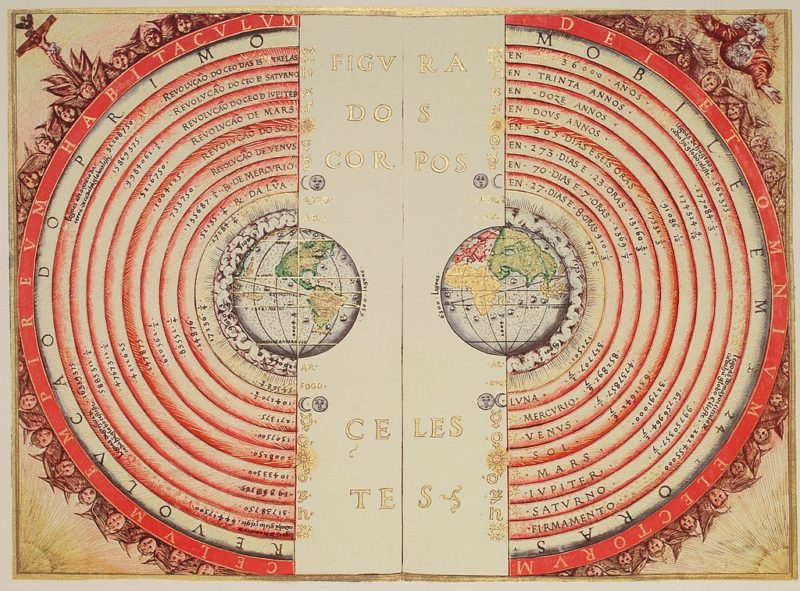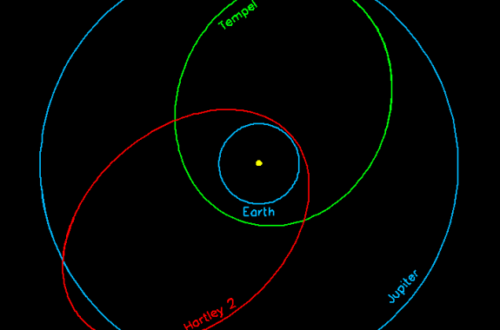Why Were Ancient Peoples Unable to Detect Stellar Parallax?

The study of astronomy has come a long way since ancient times, but it’s important to remember the limitations of early astronomers. Despite their impressive knowledge of the stars, ancient peoples were unable to detect stellar parallax.
In this article, we will explore the reasons behind this limitation and uncover the fascinating history of early astronomy.
Historical Context of Astronomy in the Ancient World
The study of astronomy dates back to the ancient world, where different civilizations observed the night sky and tried to make sense of the celestial phenomena.
The Babylonians, for instance, were among the first to develop a system of astronomy, based on the movements of the stars and planets. They believed that the position of the stars foretold the future, and therefore, they kept accurate records of the night sky.
Similarly, the ancient Egyptians also observed the stars and used them to develop their calendar. However, despite their advanced knowledge of astronomy, ancient peoples were unable to detect stellar parallax.
The Concept of Parallax and Its Discovery by Hipparchus
The concept of parallax, which is the apparent shift in the position of a celestial body when viewed from two different points, was first discovered by Hipparchus, an ancient Greek astronomer in the second century BC.
He developed a method for measuring the distance between the Earth and the Moon and used this knowledge to estimate the distance to the Sun. Despite this groundbreaking achievement, ancient peoples were unable to detect stellar parallax due to a variety of factors.
Reasons for Ancient Peoples’ Inability to Measure Stellar Parallax
One of the major challenges faced by ancient astronomers was their inability to detect stellar parallax. There were several reasons for this, including technological and philosophical barriers that impeded progress in early astronomy.
First, the lack of advanced instruments and technology made it difficult to accurately measure the positions of stars in the sky. Ancient peoples relied on naked eye observations and did not have access to telescopes or other tools that could enhance their ability to see the stars. Therefore, no stellar parallax was visible to the naked eye.
Additionally, there were philosophical beliefs that hindered progress in astronomy. Many ancient cultures believed that the Earth was at the center of the universe, which made it difficult to accept the concept of stellar parallax.
This belief was challenged by the discovery of heliocentrism by Copernicus and later confirmed by Galileo’s observations of the moons of Jupiter. Despite these challenges, ancient astronomers made important contributions to our understanding of the universe, paving the way for future scientific discoveries.
Technological and Philosophical Barriers Impeding Progress in Early Astronomy
The lack of technological advancements and philosophical barriers were significant factors that impeded progress in early astronomy. Ancient peoples were unable to detect stellar parallax, not only because of the limitations of their instruments, but also because of their belief systems.
For instance, Aristotle’s concept of the celestial spheres suggested that the heavens were perfect and unchanging, which meant that any apparent movement of the stars was illusory. This belief system prevented the ancient Greeks from accepting the idea of parallax.
Additionally, the geocentric model of the universe, which placed Earth at the center, was also a major obstacle in measuring parallax. The model was widely accepted for centuries, until the heliocentric model introduced by Copernicus in the 16th century.
Furthermore, the lack of precision in astronomical instruments, such as the inability to measure small angles accurately, contributed to the difficulty in detecting stellar parallax. It was not until the invention of the telescope and the development of more accurate measuring techniques that astronomers were able to observe and measure parallax.
Despite these barriers, the early astronomers’ persistence and curiosity paved the way for significant advancements in astronomy, which have had a profound impact on our understanding of the universe.
Conclusion
The inability of ancient peoples to detect stellar parallax was not due to a lack of astronomical knowledge or skill. Rather, it was a result of technological and philosophical limitations that hindered their progress in early astronomy. The lack of precision instruments, such as telescopes, and the prevailing belief in a geocentric universe prevented them from accurately measuring the distance to the stars.
However, their efforts paved the way for future astronomers to build upon their observations and discoveries. Today, we have the benefit of advanced technology and a deeper understanding of the universe, thanks to the contributions of ancient astronomers. While their limitations cannot be overlooked, their legacy serves as a reminder of the importance of perseverance and curiosity in the pursuit of knowledge.
Would you like to receive similar articles by email?





